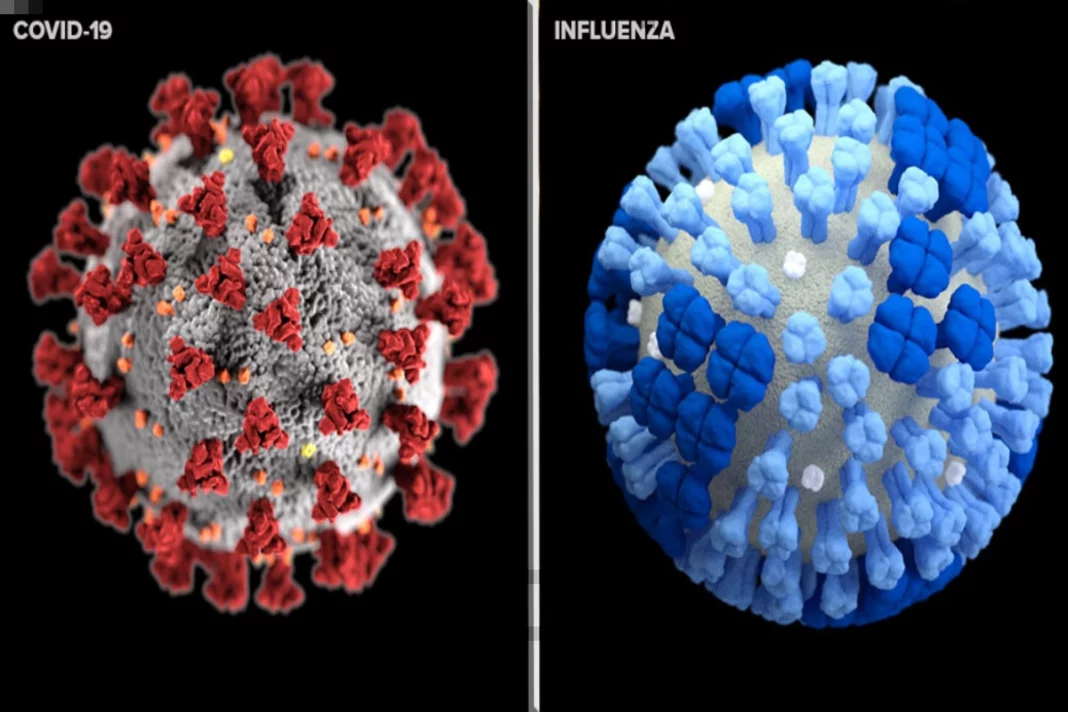Both Covid19 and H1N1 influenza are infectious respiratory illnesses that caused havoc until their transmission was stopped. In 2009, the H1N1 influenza pandemic also killed somewhere between 15,000 and 50,000 lives worldwide, according to the Centers for Disease Control and Prevention.
What is a Covid – 19?
Aerosols and respiratory droplets both disseminate Covid-19. Aside from that, contamination can also spread asymptomatically or by contact with contaminated surfaces. The symptoms start to appear over time. People may begin exhibiting these symptoms 2 to 14 days after coming into contact with infected surfaces or by asymptotic spread, depending on the variation. People who are infected with the variation can begin exhibiting these symptoms 2 to 14 days after first coming into touch with them. Additionally, a number of immunisations have been created as prophylactic strategies.
What is an H1N1 Influenza
The 2009 H1N1 influenza virus was the cause of this respiratory ailment. In a manner similar to Covid-19, the transformation is transmitted through respiratory droplets and aerosols, contact with contaminated surfaces, and asymptomatic dissemination. Contrary to the coronavirus pandemic, the H1N1 flu symptoms start to show up suddenly 1 to 4 days after first coming into touch with an infected person. Additionally, a number of immunisations have been created as preventative measures. Supportive care and FDA-approved antiviral drugs like osetamivir are part of the treatment strategies.
Also Read: Covid lineages XBB and BQ frequently detected in international passengers flying to India
How are the two different
Compared to COVID-19, H1N1 influenza is less contagious. While its infection spreads through being ill, that is, beginning to exhibit symptoms the moment you come into contact with an infected person. However, the number of affected individuals did not spread as much. Compared to the 20 lakh instances of COVID-19 that have been reported, the H1N1 flu only infected roughly 3 lakh people in its first year. COVID-19 is more likely to cause serious illness than the 2009 H1N1 influenza. More people have died as a result of the first.
How are the Two similar
Both viruses exhibit symptoms that are quite similar. These include runny or stuffy nose, runny or chilly nose, exhaustion, coughing, body aches and pains, headache, sore throat, and stomach issues. Risk factors for infection include being pregnant and having certain underlying medical disorders. Additionally, there are typical risks of consequences, such as pneumonia, the deterioration of underlying medical disorders, secondary bacterial infections, and respiratory failure.
Also Read: COVID-19 update: India reports 214 new cases in last 24 hours
Keep watching our YouTube Channel ‘DNP INDIA’. Also, please subscribe and follow us on FACEBOOK, INSTAGRAM, and TWITTER
.


